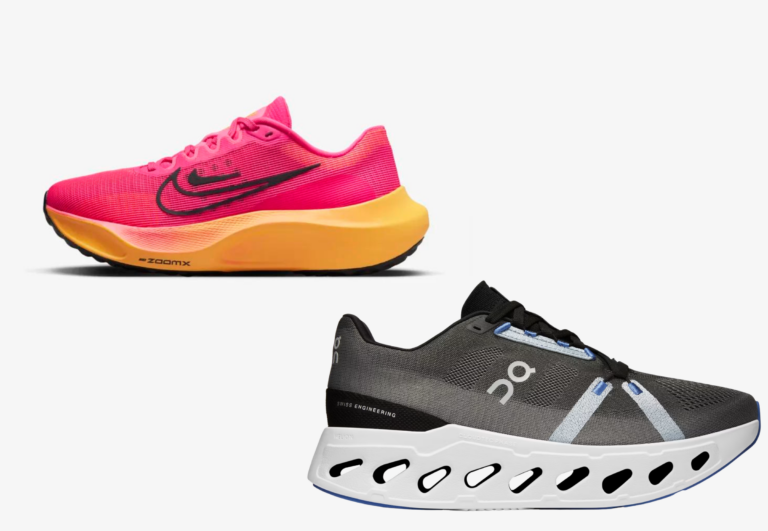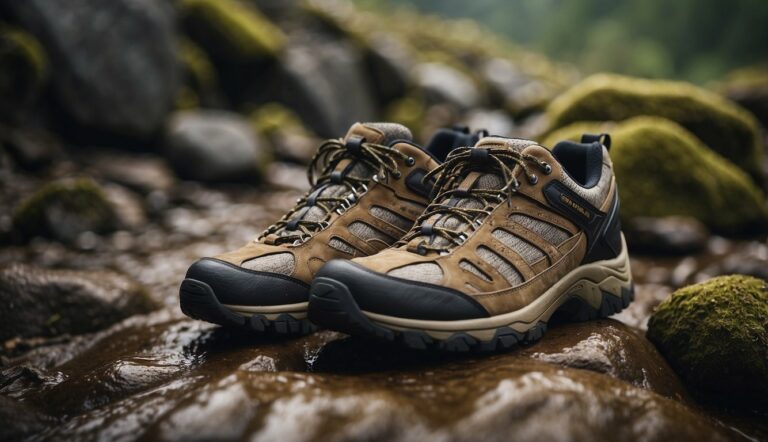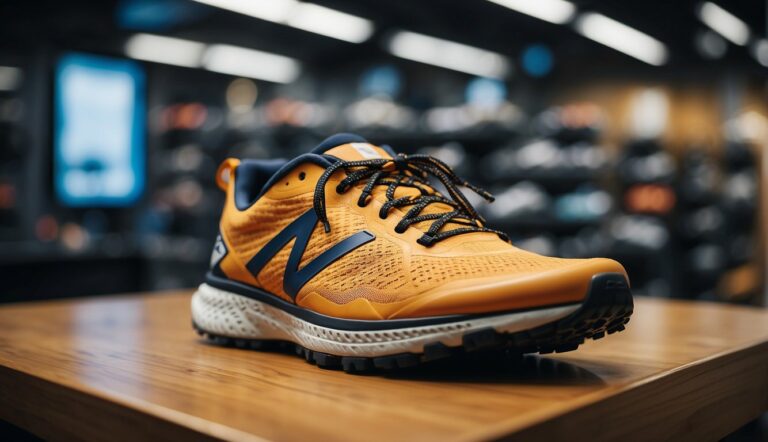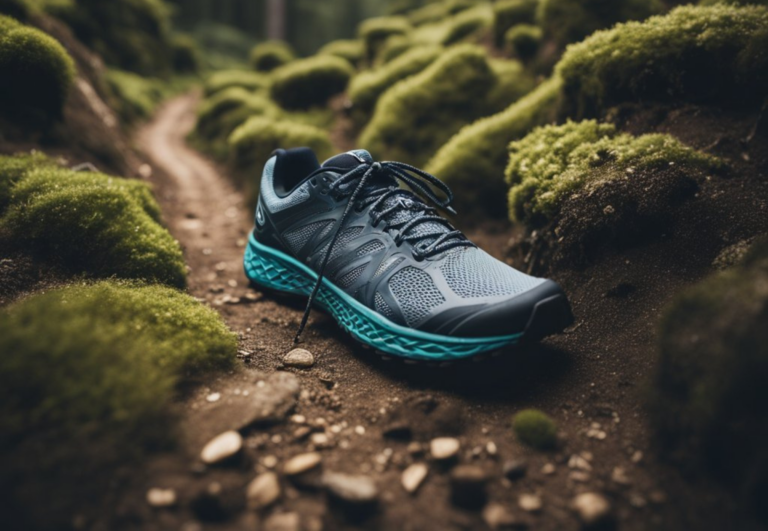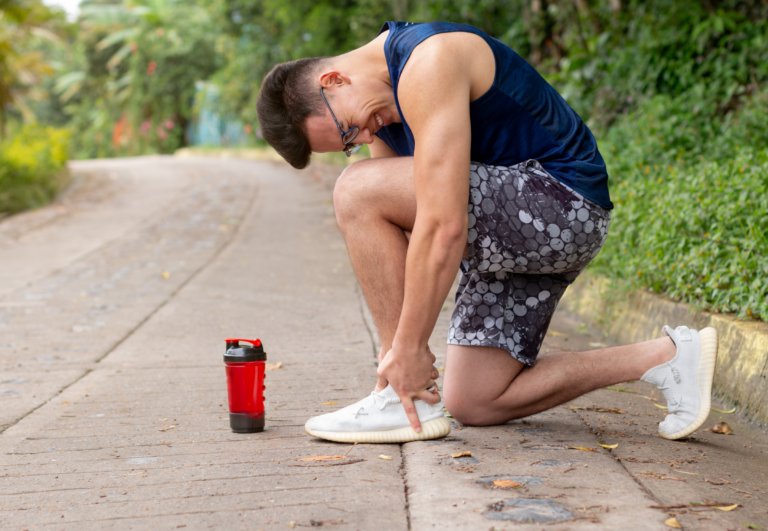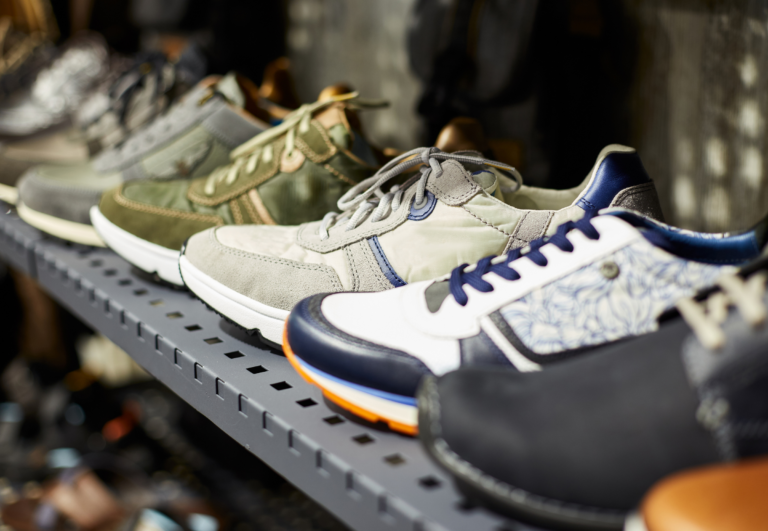Should I Put Insoles in My Running Shoes? Potential Benefits & What To Look For
If you’re contemplating whether to add a pair of inserts to your running shoe, the answer is that it can be a beneficial choice for many runners. Not everyone may initially see the benefits, but proper training and testing can make a difference. Insoles can provide additional cushioning, support, and comfort, and may help to prevent common running injuries. They are particularly helpful for those who have specific foot conditions, such as sole or forefoot problems, or who experience pain or soreness when running.
By enhancing the fit and feel of your footwear, insoles can play a significant role in improving your running efficiency and protecting your feet during long runs. It’s crucial to choose the right size of insole based on your foot mechanics, such as your pronation and arch type, to ensure the best fit and support. Consulting with a podiatrist can further benefit you in making the correct choice.
Whether you opt for over-the-counter insoles for general use or custom orthotics for a tailored fit, insoles can be a valuable addition to your running gear. Remember to replace the original sock liner with your chosen inserts for optimal results.
Why Are Insole Important to Runners?

Insoles can significantly enhance your running experience by providing extra comfort and support. They can help address particular foot issues, improving the overall feel of your run and bearing various benefits to different runners.
The Role of Insoles in Running Comfort and Support
Insoles play a pivotal role in augmenting the support your running shoes provide. They come in as a supplemental layer with the primary goal of enhancing comfort and properly aligning your foot.
This can help in distributing pressure evenly across your foot, reducing the impact on your joints while you run. Cushioning is a key factor here, as good insoles can lessen the stress your feet endure, potentially preventing discomfort and injury.
Different Types of Insoles: Cushioned vs. Orthotic
- Cushioned Insoles:
- Purpose: Primarily provide added comfort and shock absorption.
- Materials: Often made from gel or foam for a plush feel.
- Suitable for: Runners seeking extra cushion without significant changes to foot positioning.
- Orthotic Insoles:
- Purpose: Aim to support specific foot shape or conditions, like overpronation or high arches.
- Construction: Typically firmer and tailored to correct foot alignment.
- Suitable for: Those who require a custom fit or have been advised to use them for addressing foot mechanics.
By choosing the right type of insole, you can alleviate common issues and enjoy a more comfortable running stride.
Analyzing Foot Mechanics and Insole Fit

When considering insoles for your running shoes, understanding your foot’s pronation and arch type is essential as they directly influence which insole will suit you best.
The Link Between Pronation, Arch Type, and Insole Selection
Pronation is how your foot rolls inward when you walk or run and it varies from person to person. There are three types of pronation:
- Neutral pronation occurs when your foot naturally rolls inward at a 15 percent angle, which is ideal for properly absorbing shock.
- Overpronation happens when your foot rolls inward more than the 15 percent angle, often seen in runners with flat feet.
- Underpronation or supination is when there’s less inward roll, often associated with high arches.
To find the right insole, you need to match it to your pronation type:
- For neutral pronation: Look for insoles that provide a balance of support and cushioning.
- For overpronation: Choose insoles with a focus on arch support and stability.
- For underpronation: Cushioning is key to help absorb the extra impact.
Here’s a straightforward guide to help you match your arch type with the insole:
| Arch Type | Recommended Insole Feature |
|---|---|
| Flat Feet | Structured Arch Support |
| High Arches | Increased Cushioning |
| Neutral Arches | Balanced Support & Cushioning |
Custom Orthotic vs. Over-the-Counter Insoles
Custom orthotics are tailored to your feet’s specific contours and biomechanics. Here are a couple of reasons why they might be the right choice:
- They address individual foot issues more accurately, making them suitable for those with specific medical conditions or abnormal gait patterns.
- They typically last longer due to the superior materials and customization.
Over-the-counter insoles offer a general solution and come in various types:
- They’re readily available and significantly more affordable than custom options.
- Suitable for individuals with standard pronation or those trying out insoles for the first time.
It’s like choosing between a bespoke suit and a ready-to-wear outfit; both can work well, but one is made just for you. Here’s a comparison for clarity:
| Custom Orthotics | Over-the-Counter Insoles | |
|---|---|---|
| Fit | Tailored Fit | Standardized Fit |
| Cost | High | Low to Moderate |
| Availability | By Prescription | Instantly In-Store |
| Durability | Long-Lasting | Varies |
| Best For | Specific Needs | General Support |
By assessing your pronation and arch type, you can make an informed decision between custom-made orthotics and generic insoles to enhance your running performance and comfort.
Now take the next step to find the support that feels as if it was made just for you.
The Impact of Insoles on Running Performance and Injury Prevention

Insoles can play a significant role in enhancing your running experience by providing better stability and reducing the risk of injuries such as plantar fasciitis and shin splints. Selecting the right insoles can improve your running performance and alignment.
Enhancing Stability and Alignment During Your Run
Insoles are designed to offer support to your feet, aligning your lower body and improving stability. This is especially beneficial if you have a pronated foot type or flat arches.
By stabilizing your feet, insoles can help in maintaining proper running form, which in turn may enhance your running performance.
Key Aspects of Stability and Alignment:
- Support: Custom or over-the-counter insoles can provide arch support tailored to your foot shape.
- Alignment: Helps in correcting overpronation or supination, promoting efficient energy use during running.
Reducing the Risk of Runner’s Ailments with Proper Insoles
The right insoles can act as a cushion and reduce impact, lessening the chance of developing runner’s ailments such as heel pain, shin splints, and plantar fasciitis. They absorb shock and distribute pressure evenly across your foot, which aids in injury prevention.
Common Running Ailments Prevented by Insoles:
- Plantar Fasciitis: Insoles with good arch support can reduce strain on the plantar fascia.
- Heel Pain: Cushioned insoles can alleviate the impact on the heel during running.
- Shin Splints: Insoles that align and stabilize can help prevent excessive stress on the shin bone.
Choosing the Right Insoles for Your Running Shoes

Selecting insoles can be crucial for comfort and injury prevention during your runs. Let’s look at what makes an insole suitable for your running shoes, focusing on material quality, arch support, and ensuring a proper fit.
Evaluating Material and Arch Support Features
When examining insoles for your running shoes, it’s important to consider both the material used and the type of arch support provided. The most common materials include:
- Gel: Offers shock absorption and is good for alleviating foot pain.
- Plastic: Typically found in orthotic insoles, providing firm support.
- Cushioned: Provides a softer feel, often made from foam, and can aid in comfort during long runs.
Arch support is personal and should match your foot type. Here’s a quick guide:
| Foot Type | Recommended Arch Support |
|---|---|
| Flat Feet | Structured support |
| High Arches | Cushioned, adaptive support |
| Neutral or Medium Arches | Balance of cushion and support |
Choose insoles that mirror the shape of your foot arch to ensure proper alignment and reduce the risk of injury.
Considering Shoe Fit and Insole Volume
Insole volume affects how they will fit inside your running shoes and can influence overall shoe fit.
Insoles generally come in different volumes:
- Low Volume: Best for tight-fitting shoes or shallow feet.
- Medium Volume: Suits a wide range of shoes and foot shapes.
- High Volume: Ideal for boots or those with higher arches.
Your running shoes should have enough space to accommodate the insoles without pinching your feet or causing your shoes to feel too tight.
Replace the stock sock liners with running insoles that complement your running style and arch type, and remember that insoles may alter the internal volume of your shoes, which is something to consider for a snug, yet comfortable, fit.
Maintaining Your Running Insoles for Longevity and Hygiene

Your insoles are a key factor in your running comfort and performance. To keep them in top condition, proper maintenance and timely replacement are essential.
Proper Cleaning Techniques and When to Replace Your Insoles
Regular cleaning of your insoles is crucial for both hygiene and longevity. To clean your insoles effectively:
- Remove the insoles from your shoes after each run.
- Gently brush off any dirt or debris with a soft brush.
- Wipe down the insoles with a cloth dampened with mild soap and water.
- Air dry them completely before placing them back in your shoes.
Avoid exposing your insoles to direct heat or sunlight, as this can damage their material. Replace your insoles every 4-6 months, or sooner if you notice persistent odors or the cushioning starts to degrade.
Eco-Friendly and Anti-Odor Options for Conscious Runners
For runners who prioritize environmental concerns and want to tackle insole odor, here are some tips to enhance your shoe care routine:
- Opt for insoles made with eco-friendly materials. These are better for the environment and often come with anti-odor properties.
- Consider insoles with anti-odor treatment. These can help prevent the buildup of bacteria that cause smells.
- Use sock liners. These can absorb sweat and reduce the stress on your insoles, extending their life and enhancing hygiene.
Maintaining your insoles not only contributes to a more enjoyable running experience but also supports your commitment to sustainable practices.

